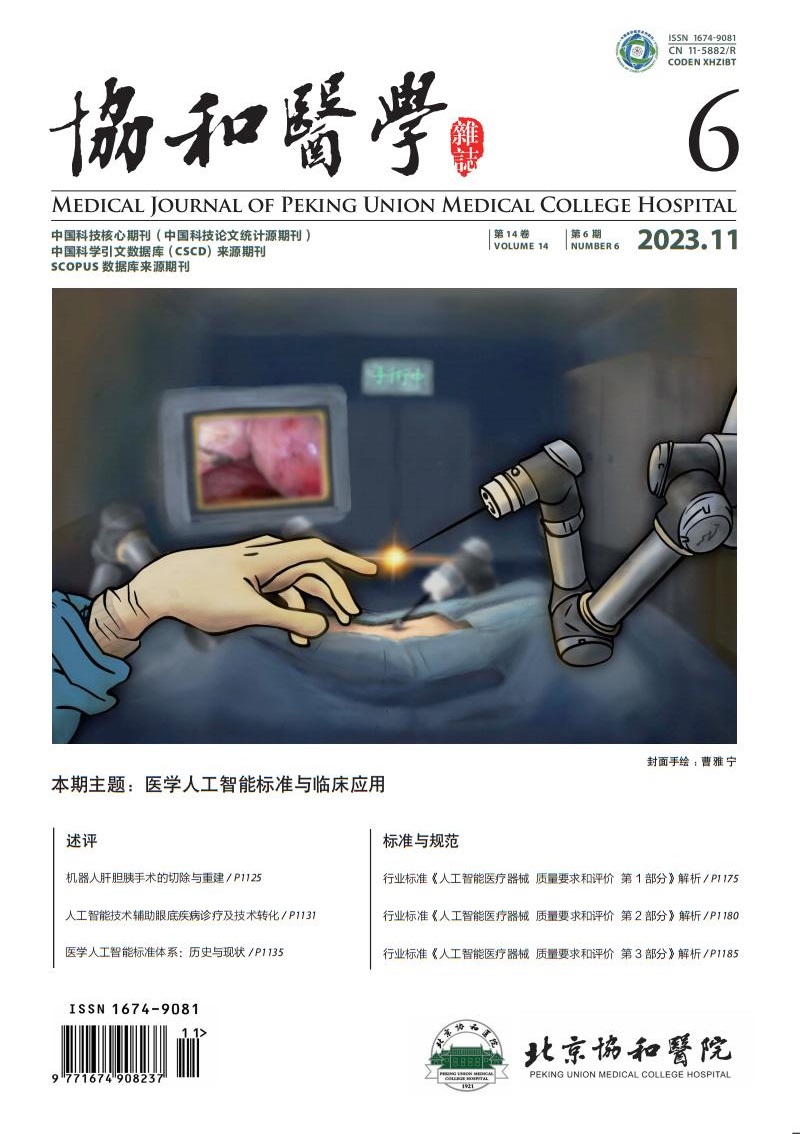Cost analysis of launching telemedicine services by Peking union Medicalcollege hospital during the pandemic of Coronavirus disease 2019
引用次数: 0
Abstract
Objective To assess the cost of launching telemedicine services by Peking Union Medical College Hospital (PUMCH) during coronavirus disease 2019 pandemic. Methods The patients using telemedicine services were enrolled during the period of pilot run from February 10th to April 15th, 2020. The study was done from the social perspective. A decision-tree model was constructed to compare the costs between telemedicine services and conventional clinical services for outpatients. The main outcome was measured as incre- mental cost-effective ness ratios (ICER). Sensitivity analysis was conducted by using one-way sensitivity analysis. Results During a period of forty-seven days, the online fever clinic was applied 3055 person-times(2070 patients) and the online outpatient clinic were applied 36 549 person-times(20 467 patients). On average, 44 febrile cases/d and 435 nonfebrile cases/d were reduced in the outpatient clinic. It helped to reduce roughly 1/4 (febrile) and 1/5(nonfebrile) of total numbers of the patients in the outpatient clinic during the peak period of the epidemic. If calculated according to the actual free-of-charge condition, the ICER was -64.7 yuans/person-time. If the actual cost of each consultant of telemedicine service was estimated according to the level of outpatient-service fee, the ICER was -5.5 yuans/person-time. The results of sensitivity analysis showed that the main factors affecting the ICERs were transportation cost, lost wages, and the efficiency of telemedicine services. Conclusions Launching telemedicine services helped to relieve the pressure at the outpatient clinics, and has the potential to provide significant cost saving compared to conventional clinic services for outpatients. It is worth considering applying this practice widely in the medical and health services. © 2021, Peking Union Medical College Hospital. All rights reserved.2019冠状病毒大流行期间北京协和医院开展远程医疗服务的成本分析
目的评估北京协和医院在2019冠状病毒病大流行期间开展远程医疗服务的成本。方法在2020年2月10日至4月15日试点期间,对使用远程医疗服务的患者进行登记。这项研究是从社会角度进行的。构建决策树模型,比较门诊远程医疗服务与常规临床服务的成本。主要结局以增加成本效益比(ICER)来衡量。采用单因素敏感性分析进行敏感性分析。结果47 d内,发热门诊网络应用3055人次(2070例),门诊网络应用36549人次(20467例)。门诊平均减少发热病例44例/d,非发热病例435例/d。在疫情高峰期,门诊就诊人数分别减少约1/4(发热)和1/5(非发热)。按实际免费情况计算,ICER为-64.7元/人次。如果按照门诊收费水平估算远程医疗服务每位会诊医师的实际费用,ICER为-5.5元/人次。敏感性分析结果表明,影响远程医疗服务效率的主要因素是运输成本、工资损失和远程医疗服务效率。结论开展远程医疗服务有助于缓解门诊压力,与常规门诊服务相比,具有显著的成本节约潜力。值得考虑将这一做法广泛应用于医疗和保健服务。©2021,北京协和医院版权所有。
本文章由计算机程序翻译,如有差异,请以英文原文为准。
求助全文
约1分钟内获得全文
求助全文

 求助内容:
求助内容: 应助结果提醒方式:
应助结果提醒方式:


